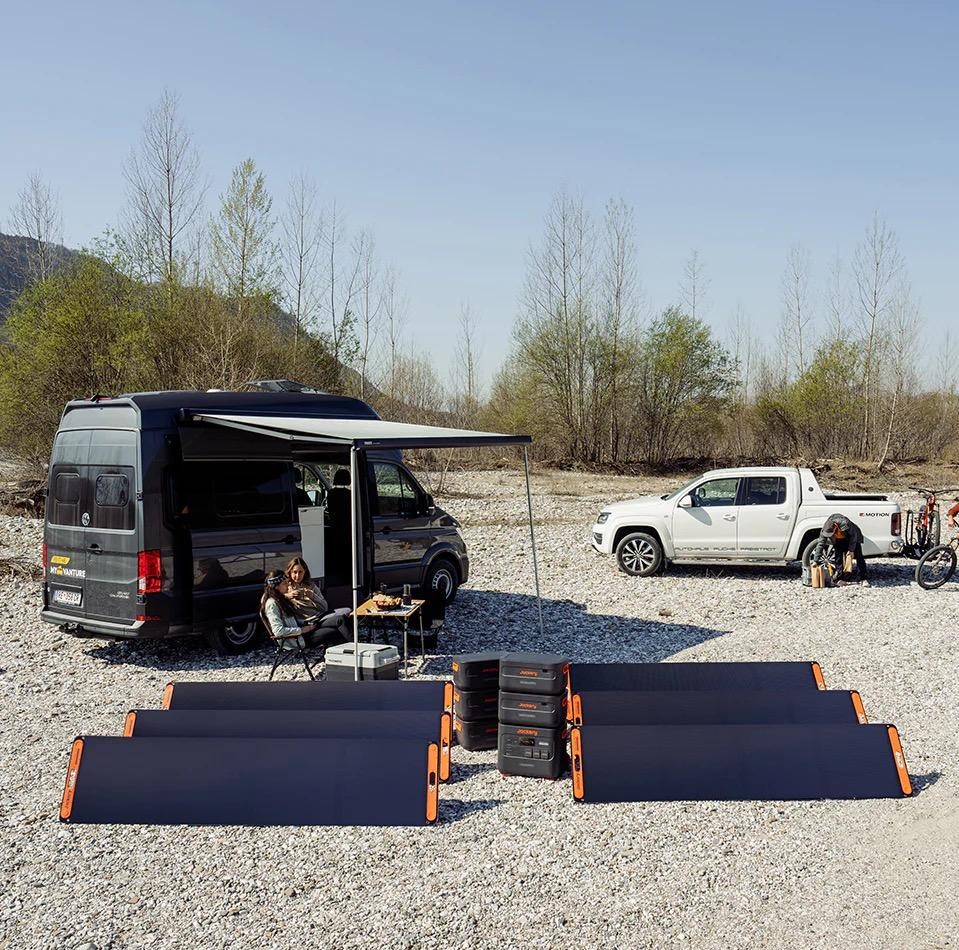Construction sites are essential for development, yet they pose significant environmental challenges, particularly concerning runoff. High-risk construction sites, in particular, face unique obstacles in managing water runoff, which can lead to soil erosion, water pollution, and regulatory complications. This blog post will explore the challenges associated with runoff on construction sites and offer practical solutions, focusing on innovative strategies that can be adopted to mitigate these issues.
The Impact of Runoff on Construction Sites
Runoff is a major concern for construction sites, especially in areas with frequent rainfall. When rainwater flows over land, it can pick up pollutants such as sediment, chemicals, and debris from the construction site. This polluted water can then enter nearby rivers, lakes, and groundwater systems, causing environmental harm and potentially violating local regulations.
The consequences of unmanaged runoff can be severe. For instance, erosion can lead to the loss of valuable topsoil, compromising the structural integrity of the construction project. Additionally, sediment-laden runoff can clog drainage systems, leading to flooding and other water management issues downstream.
High-Risk Factors for Runoff
Certain factors make a construction site high-risk for runoff. Sites located on steep slopes, in regions with heavy rainfall, or near sensitive water bodies are particularly vulnerable. The type of soil and the extent of land disturbance also play a role in determining the risk level.
Understanding these risk factors is crucial for developing effective management strategies. By identifying the specific challenges faced by a construction site, project managers can tailor their approach to address these issues proactively.
Traditional Methods of Runoff Management
Traditionally, construction sites have relied on methods like silt fences, sediment basins, and straw wattles to manage runoff. While these techniques can be effective to some extent, they often require frequent maintenance and may not be sufficient for high-risk sites.
Silt fences, for example, can easily become clogged or damaged, reducing their effectiveness over time. Sediment basins need regular cleaning to prevent overflow, and straw wattles can degrade quickly, especially in harsh weather conditions.
Innovative Approaches to Runoff Control
To address the limitations of traditional methods, many construction sites are turning to innovative solutions. These new technologies and strategies offer enhanced protection against runoff and can be more cost-effective in the long run.
Bioretention Systems
Bioretention systems, such as rain gardens and bioswales, are designed to capture and treat stormwater runoff naturally. These systems use plants and soil to filter pollutants and slow down water flow, reducing the risk of erosion and water contamination.
Installing bioretention systems on a construction site can significantly reduce the volume of runoff and improve water quality. Additionally, these systems can enhance the aesthetic appeal of a site, contributing to its overall value.
Erosion Control Blankets
Erosion control blankets are an effective way to stabilize soil and prevent erosion on construction sites. These blankets are made from natural or synthetic materials and can be applied to slopes and other vulnerable areas.
The use of erosion control blankets in Idaho, for example, has proven successful in mitigating soil erosion on steep construction sites. By providing a protective layer over the soil, these blankets help retain moisture and promote vegetation growth, further reducing erosion risk.
Advanced Sediment Control Technologies
New sediment control technologies, such as flocculants and polymers, are being used to enhance the effectiveness of traditional sediment basins. These substances help bind fine particles together, making them easier to capture and remove from runoff.
By incorporating advanced sediment control technologies into a runoff management plan, construction sites can achieve higher levels of water quality and compliance with environmental regulations.
The Role of Technology in Runoff Management
Technology plays a crucial role in modern runoff management strategies. From drones for site monitoring to software for predicting runoff patterns, technology can provide valuable insights and support decision-making processes.
Using drones, construction managers can quickly and safely assess site conditions, identifying areas at risk of erosion and runoff. This information can then be used to implement targeted interventions, reducing the overall impact on the environment.
Regulatory Compliance and Environmental Responsibility
Managing runoff effectively is not only important for environmental protection but also for regulatory compliance. Construction sites must adhere to local, state, and federal regulations regarding stormwater management and pollution control.
By adopting innovative solutions and staying informed about regulatory requirements, construction companies can demonstrate their commitment to environmental responsibility and avoid costly fines or project delays.
Collaboration and Knowledge Sharing
Addressing the challenges of runoff management requires collaboration and knowledge sharing among industry professionals. By learning from successful projects and sharing best practices, construction companies can improve their runoff management strategies and contribute to the overall sustainability of the industry.
Industry conferences, workshops, and online forums provide valuable opportunities for professionals to connect and exchange ideas. By participating in these events, construction managers can stay up-to-date with the latest developments in runoff management and implement cutting-edge solutions on their projects.
Conclusion
Managing runoff on high-risk construction sites presents significant challenges, but with the right strategies and technologies, these challenges can be overcome. By understanding the specific risks associated with a site and implementing innovative solutions, construction companies can protect the environment, comply with regulations, and ensure the success of their projects.
For those seeking further information and resources on runoff management, consider exploring industry publications, attending workshops, and connecting with experts in the field. By staying informed and proactive, construction professionals can continue to advance the industry’s approach to runoff management and contribute to a more sustainable future.

















